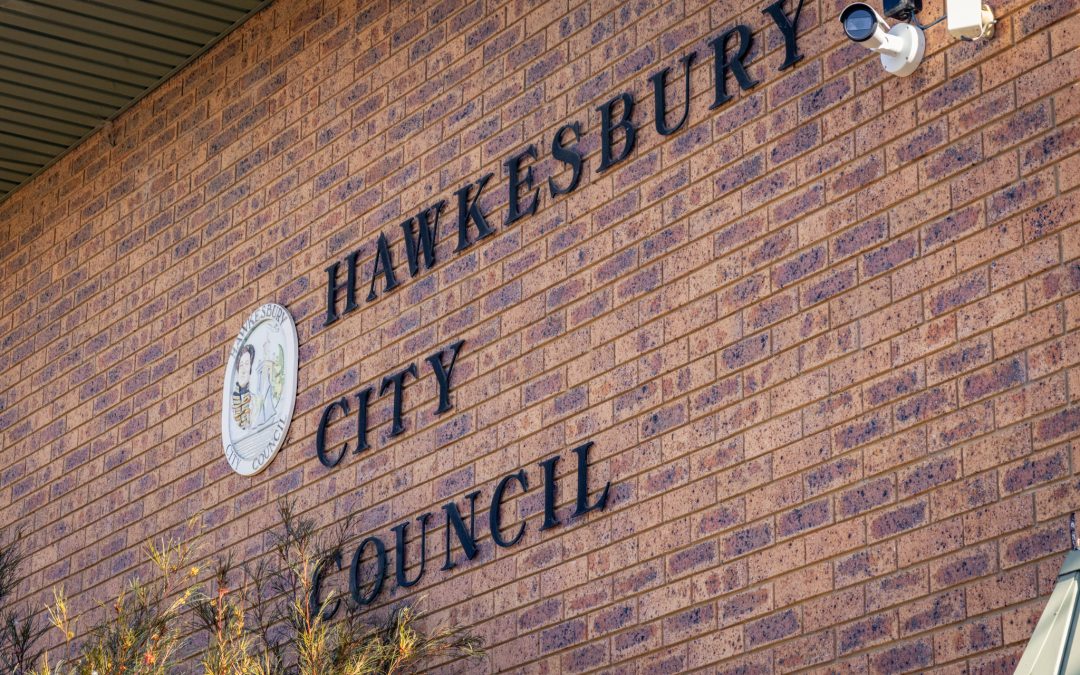Hawkesbury Post contacted all...


Hawkesbury Post contacted all...

In a heartwarming recognition of community...

After more than two decades of dedicated service, the...
An emergency has been declared as authorities grapple with the discovery of the bee-killing Varroa mite in St Albans. Authorities have ethanised the infested hive and set up a 10 kilometre zone around the affected area.
However local bee farmers outside the eradication zone believe it is only a matter of time before the mite spreads further, wiping out their hives with resulting devastating implications for local farmers. Bees produce honey and wax as well as pollinate crops. The industry is worth more than $14 billion in Australia annually.
https://www.agriculture.gov.au/agriculture-land/farm-food-drought/hort-policy/honeybees
“We are sitting ducks,” a Hawkesbury farmer told the Hawkesbury Post.

In what is becoming a race against time, the DPI is working to try to contain the spread of the mite.
“The St Albans red zone expansion contains 39 hives and the purple zone has 48. DPI will be using non-infested hives, as sentinel hives to ensure that we are confident that there is no further spread of Varroa mite,” a NSW DPI spokesman told the HP.
Confirmation of the discovery of the highly destructive Varroa mite in the region shows just how far it has now spread since it was first detected at Newcastle Port late last year, prompting concerned it could spell disaster for farmers of everything from fruit and vegetables to animal production. There are also fears it could cause food prices to increase even more. The NSW DP said vegetable and fruit growers should refer any concerns to their representative bodies who sit on the National Management Group (NMG) overseeing the response.
“This is going to have a significant impact on Agriculture in the Hawkesbury – the bees and also for agriculture because the farmers are relying on the pollination and crop yield,” Hawkesbury beekeeper, Andrew said.
Beekeepers have told this publication that bee numbers could be decimated. All bees within the declared “eradication zones” in NSW have been euthanised.

The Varroa mite could have a devastating impact on food production.
Late last week the NSW Department of Primary Industries (DPI) confirmed the presence of the Varroa mite at St Albans and issued urgent notifications to beekeepers in the affected area.
To combat this crisis, an Emergency Eradication Zone has been established at St Albans. Beekeepers within this zone, as well as a wider surveillance zone, have been urged to take immediate precautions. The DPI has provided resources to assist beekeepers in navigating their responsibilities, along with maps of affected areas and available support services.
The Varroa mite, scientifically known as Varroa destructor, is a tiny external parasite originating from Asia. Australia was the only continent free from this devastating mite until late last year. Bee colonies worldwide have experienced the decimation of their populations due to the mite’s infestation, which has caused widespread damage.
Last year, Danny Le Feuvre, Chief Executive of the Australian Honey Bee Council, expressed confidence when the mite was discovered in Newcastle, assuring the public that it was isolated and contained within the port. However, the mite now appears uncontained having spread further throughout NSW.
Bees are vital for the pollination of a wide range of plants, including fruit trees and crops crucial for local food production. The Varroa mite’s ability to weaken and infest bee colonies can lead to reduced pollination rates, resulting in diminished yields for fruit and vegetable farmers in the region.
Here is what you need to know if you own beehives within the Eradication Emergency (red) Zone:
https://createsend.com/t/y-D9251514E238EA582540EF23F30FEDED
The DPI has created a resource for beehive owners in NSW, including the responsibilities of beekeepers, affected areas map and support services that are available:
https://www.dpi.nsw.gov.au/…/varroa-mite-emergency…
If you find varroa mite in a hive you are responsible for, notify NSW DPI by calling the Exotic Plant Pest Hotline, 1800 084 881 (9am to 5pm, Monday to Friday).
